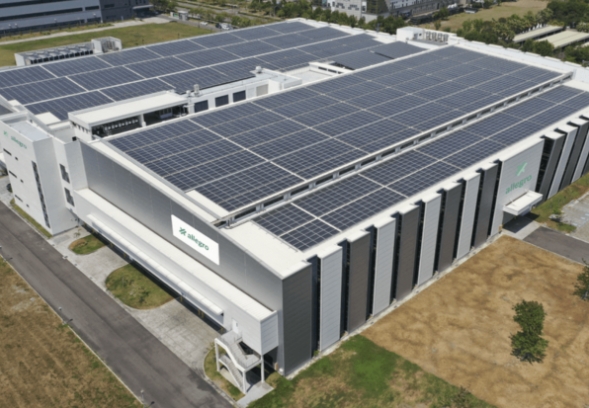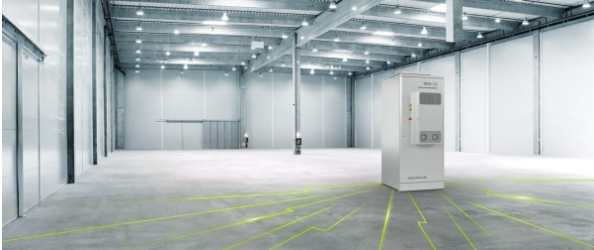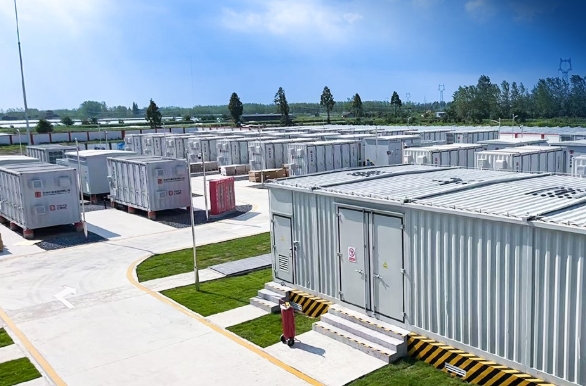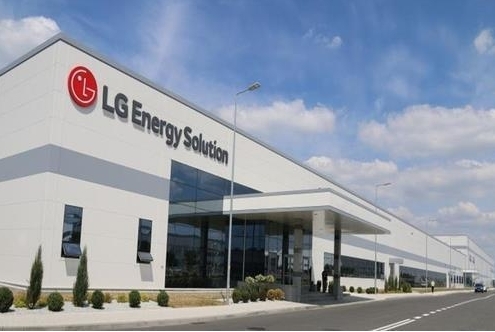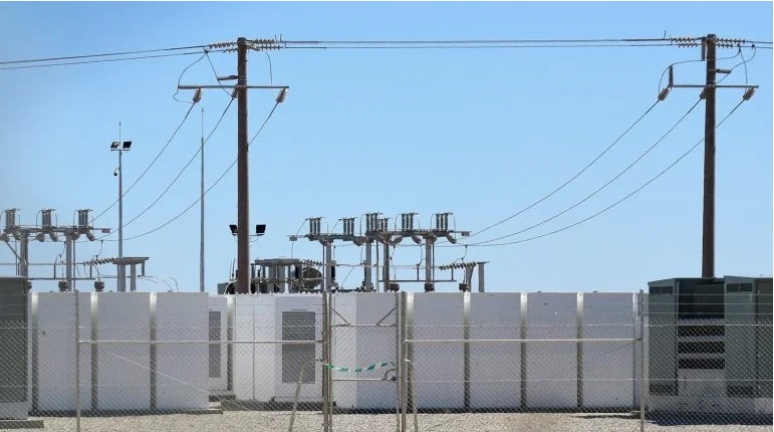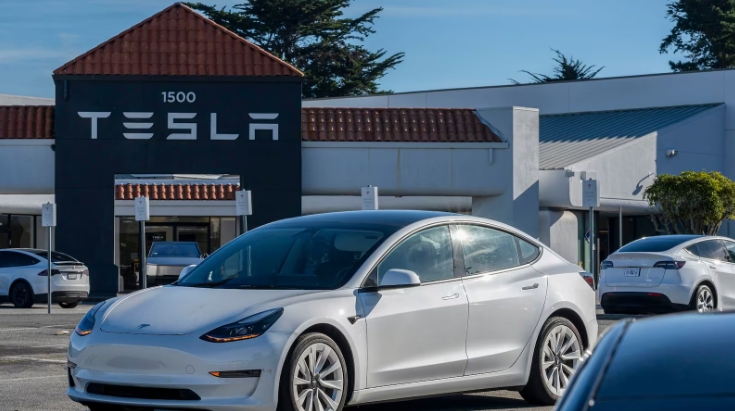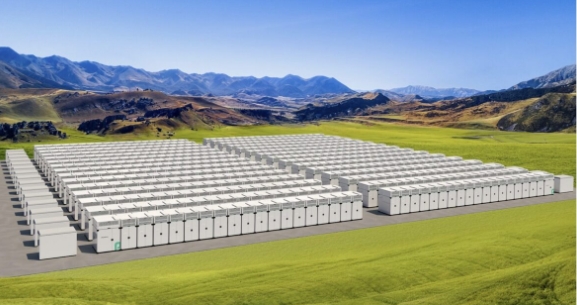NT Plans Big Battery in Darwin to Cut Gas Costs and Accelerate Solar
06 Apr 2020 by Renewable Energy World
The Northern Territory government has announced plans to spend $30 million on a big battery for the Darwin-Katherine grid, a move it says will pay for itself within five years because of reduced gas costs and help expand solar power and meet the 50 per cent renewables by 2030.
The announcement over the weekend follows an intense debate in NT energy circles over the past year about the need for a big battery in the main Darwin grid, which was supported by the government appointed task force, and Territory Generation, and frustration over the slow response by the government to those calls.
Instead, the government regulator late last year endorsed a controversial push by network operator and system controller Power and Water Corp to effectively saddle all new large scale solar plants with their own batteries, even though the regulator acknowledged that a centralised battery would be the more efficient option.
That was finally endorsed by chief minister Michael Gunter and renewables and energy minister Dale Wakefield on Saturday, who said a big battery would likely generate savings of around $6.4 million because it would mean less gas is burned as it would remove the need for much of the territory’s “spinning reserve.”
That would deliver a pay-back of less than five years, around the same pay-back time that Alinta has achieved with its big battery at Mt Newman, which has also delivered significant savings from the reduction of spinning reserve (gas generators that run in the case that other gas generators may trip), and increased reliability.
The NT government says it has not yet decided on the exact size of the battery, as this will be subject to future study. T-Gen had recommended a size of around 35MW with some 35 minutes of storage – similar to Alinta’s highly successful Mt Newman battery in the Pilbara.
And because it will not likely be in place until the end of 2022, it is not clear what the implications are for the more than four solar farms under construction or planned by Italy’s ENI at Katherine (25MW) and closer to Darwin, and by others such as NT Solar Futures, which proposes a 50MW solar farm.
While the idea of a centralised battery is welcome, there is concern in the renewables industry that while the new big battery will reduce costs for T-Gen, it will not be big enough to deal with both the grid’s spinning reserve issues and have enough capacity left over to deal with new solar farms.
They suggest it should be a bigger battery. “The government has moved in the right direction, but this needs to be expanded to a much bigger battery if it is going to achieve the stabilisation of the grid in the face of the increased rooftop solar PV,” Alan Langworthy, who chaired the territory task-force into renewables, told Reneweconomy. “They need to do a lot more.”
The NT says the big battery will provide an immediate opportunity to test the capacity for batteries to deliver a range of other power system services, including fast frequency response and what it called “emulated” inertia, which it says have not yet been proven on a grid scale from BESS technology (although that will be tested at the expanded Hornsdale big battery in South Australia).
“This opportunity could place the Territory in a leading position to achieve the 50 per cent by 2030 target through the use of cheaper emerging technology,” the ministers said.
The announcement came as the government also announced a $6,000 grant for households and businesses to install a battery of at least 7kWh in size to help smooth the output of rooftop solar and provide grid security. It is also changing its one-for-one feed in tariff to help pay for this.
Darwin and other parts of the NT have among the highest penetrations of rooftop solar. “Territory households and businesses and are taking advantage of affordable solar power with roof top solar PV installations growing by an average of 45 per cent each year since 2010,” the government document said.
“This increase in solar energy in the grid presents challenges for maintaining security and reliability in the power system. Cloud cover results in variability in solar generation and the power system needs to be able to rapidly respond to ensure that electricity supply is not compromised, and disruptions are minimised.
“This challenge is currently met by the provision of gas-fired spinning reserve, a solution which is expensive and produces unnecessary carbon emissions though the use of gas.” A big battery, it said, cause manage fluctuations caused by the increasing levels of household and business solar quickly and efficiently.
The Clean Energy Council said the twin battery storage initiatives – grid scale and household – would help boost consumer confidence and keep people employed during uncertain times created by the Covid-19 pandemic.
“Solar and battery storage is one of the best bang for buck investments for governments looking to boost skilled jobs in the regions,” said CEC chief executive Kane Thornton. “Solar and storage reduces electricity costs, employs locals, improves reliability and helps make remote areas more resilient during natural disasters.”

